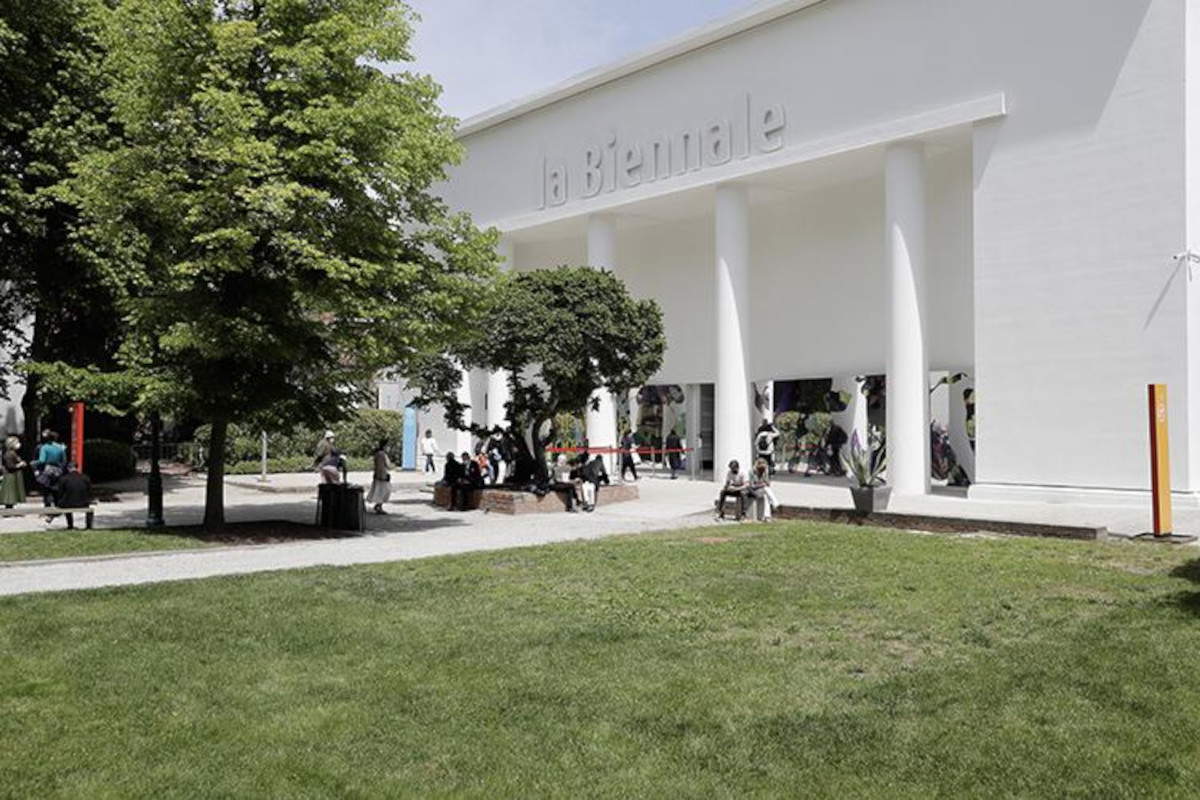Qatar will build a permanent national pavilion within the historic Giardini at the Venice Biennale, which first opened to the public in 1895. The new structure will rise in a central location within the Giardini, next to the Stirling Pavilion, and will join the 30 other countries that already have permanent pavilions within the Giardini. In the past 50 years, only two other nations-Australia and the Republic of Korea-have opened a pavilion at this location.
The announcement of the creation of the Qatar Pavilion follows the signing in June 2024 of a Cooperation Protocol between Qatar Museums and the City of Venice, a protocol that aims to strengthen existing mutual relations and to promote collaboration in the cultural and socio-economic sectors between Qatar, Venice and Italy.
“The Venice Biennale is the world’s most prestigious event in the field of art and architecture, and the Giardini represents the historic landscape in which extraordinary pavilions stand as ambassadors of their nations,” said Sheikha Al Mayassa bint Hamad bin Khalifa Al Thani, President of Qatar Museums and Commissioner of the Qatar Pavilion. “Qatar is proud to join this international group, consolidating its role as a global leader in cultural diplomacy and offering an unprecedented platform to the creative talents of our country, as well as those of the Middle East, North Africa and South Asia.”
“Venice is the only European city to have, since the year 1000, a name in Arabic, Bunduqiyyah, demonstrating the rich crossroads of languages and ethnicities that have always found a welcome here,” said Pietrangelo Buttafuoco, president of La Biennale di Venezia. “In the spirit of curiosity, exploration and sincere exchanges between peoples that characterize Venice and its Biennale, I would like to welcome Qatar to our Giardini as a powerful global source of creativity and understanding between different cultures.”
Qatar Pavilion activities will kick off in May 2025, on the occasion of the 19th International Architecture Exhibition, with the unveiling of the Community Centre installation, designed by Pakistani architect Yasmeen Lari. This installation will be part of the exhibition Beyti Beytak. My home is your home. My home is your home, which will be on display both at the Gardens and at ACP-Palazzo Franchetti. In keeping with the theme of the Architecture Biennale 2025, the exhibition will explore the role of hospitality and traditions related to home in contemporary architecture and landscapes in the Middle East, North Africa and South Asia (MENASA) regions. Celebrating the work of innovative architects and intellectuals, the exhibition will include works by more than 20 modern and contemporary architects from this vast geographic area, some of whom will exhibit for the first time in Venice.
Pioneers of modern architecture featured in the exhibition include Raj Rewal (India), Nayyar Ali Dada (Pakistan), Abdel Wahed el Wakil (Egypt) and Minnette de Silva (Sri Lanka). Their works will be joined by those of a range of contemporary architects and designers, including Marina Tabassum and Nabil Haque (Bangladesh), Sameep Padora and Vastu Shilpa (India), Daaz Studio (Iran), Abeer Seikaly (Jordan), Sumaya Dabbagh (United Arab Emirates), Liz Diller (United States), Meriem Shabani (Iran) and New South Studio (France), among others.
The exhibition is sponsored by Sheikha Al Mayassa and Qatar Museums and is organized by the future Art Mill Museum. It is curated by Aurélien Lemonier, head of Architecture at the Art Mill Museum, and Sean Anderson, associate professor at Cornell University, with the collaboration of Virgile Alexandre.
 |
| Qatar will build a permanent national pavilion in the Giardini of the Venice Biennale |
Warning: the translation into English of the original Italian article was created using automatic tools. We undertake to review all articles, but we do not guarantee the total absence of inaccuracies in the translation due to the program. You can find the original by clicking on the ITA button. If you find any mistake,please contact us.